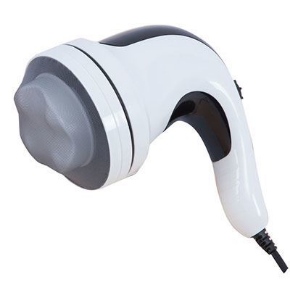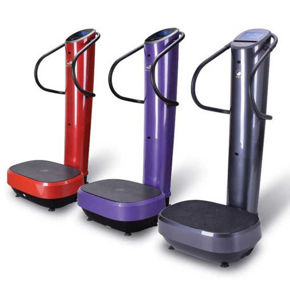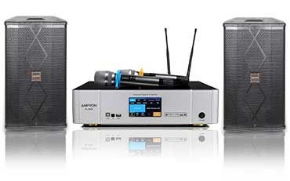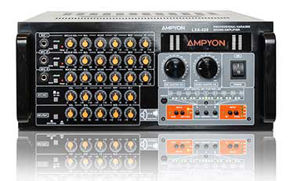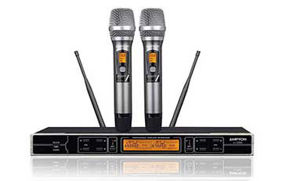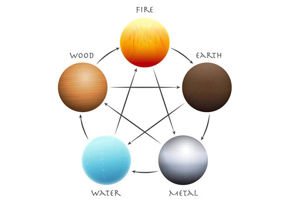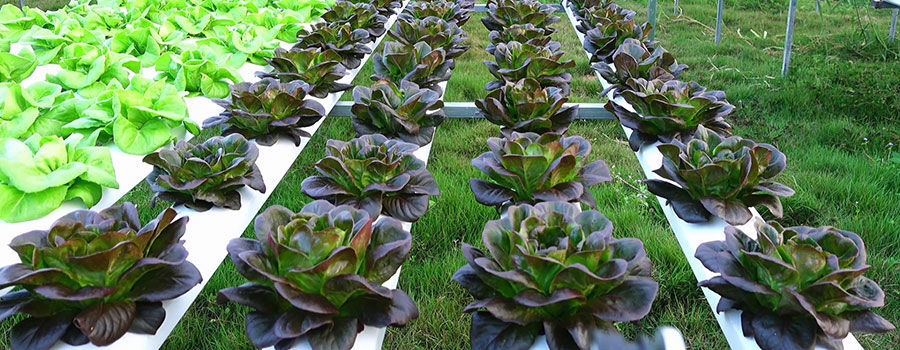
Hydroponics involves the growing of plants without the soil but with the aid of water containing dissolved mineral nutrients. In Hydroponic, the plant’s roots are grown in an inactive growing medium like water, air, gravel or sand. Growing plants with this method are becoming more popular because of the numerous benefits over plants grown in soil. Veggies such as tomatoes and lettuce are cleaner when they are grown in the hydroponic vegetable gardening. Likewise, pesticides are rarely required when plants are grown in this system.
Hydroponic gardening is a more effective way of growing vegetables than plants grown in the soil. The hydroponic vegetables are sweeter and tenderer compared with organic vegetables. Plants can grow effectively and drastically together even if they closely grown in hydroponic vegetable gardens. Using hydroponics, you don’t have to worry about the plants needing more space as a result of the bigger roots created by the soil for the plants.
Vegetables are beneficial for our health when they are included in our daily diet. However, most people often neglect veggies because of the bitter taste of most of them. If you are among them, then you should try the veggies grown hydroponically.
If you are a vegetable gardener, here are eight you can grow with hydroponics.
- Mint
Mint is in the Salvia family and tends to grow far and wide. They grow too well, making them incredible to have for your teas, beverages, and baking. Perhaps, two or three plants of mint in your hydroponic garden are sufficient enough to keep you well stocked.
- Cucumbers
Cucumbers are simple to grow, tasty and perfect for many different dishes. They are best grown using a drip irrigation system.
- Lettuce
This includes all varieties of lettuces except large head types, like romaine lettuces, bibb lettuces, and icebergs – any loose leaf types will be perfect too. You can easily mix varieties and have several types growing in your garden at the same time.
- Leafy Greens
Just like lettuce, leafy green veggies will grow pretty well in a hydroponic system. Leafy greens like spinach thrive and also get you the added benefit of little or no sandy grit down in your spinach. Other great leafy green choices are arugula, watercress, Swiss chard, mustard greens, and kale. You can harvest all or some, leaving the rest of the plant to keep growing. Just make sure they don’t grow too big before harvesting because overgrown large greens tend to suffer from lack of air circulation.
- Peppers
Peppers require similar cultural environments as with tomatoes. This makes them a great companion plant to be grown in the same hydroponic garden. Unlike tomatoes, peppers will not have to be trellised, but be prepared to stake them up as they grow to offer support for the peppers. Both hot and sweet varieties of pepper can be grown hydroponically.
- Rosemary
Like basil, rosemary thrives best in warmer temperature. Though rosemary will take any longer to mature than basil, yet a healthy rosemary plant will furnish you with its pine-like flavor for a very long time.
- Tomatoes
Tomatoes are versatile, nutritious, and flavorful and can be used in so many dishes. There are basically two types of vegetables, the leafy vegetables and the fruity vegetables in which tomato falls in this category. Since they are vine plants, planting in a hydroponic system (soilless planting) mix with a trellis is perfect! Tomatoes do best in drip systems.
NOTE
Since tomatoes are a fruit, they are the most popular fruit frown hydroponically and can ripen as early as eight weeks and produce more fruits than when planted in soil.
- Basil
By far, basil is the most popular culinary herb to be grown hydroponically. Basil varieties such as lettuce-leaf basils, cinnamon basil, purple basils, lemon basils, and sweet basils can be mixed up and planted for a full range of different flavor. They can be grown successfully in hydroponic systems.
Other vegetables that are often grown using hydroponics are:
Radishes, Leeks, Brussels Sprouts, Parsnips, Carrots, Rhubarb, Cabbages, Squash, Celery, Broccoli, Peas, Asparagus, Onions, Eggplants, Artichokes, Cauliflowers, and Beets.
Indoor gardening is also recommended for heirloom varieties of many vegetables.
HERBS
Herbs can also be grown hydroponically. They can be used in cooking to enhance the taste of recipes, in fact, fresh herbs always taste best. Herbs are a healthy addition to your diet as well. Some of the commonly grown herbs are chives, coriander, marjoram, oregano, tarragon, basil, dill, and thyme.
BENEFITS OF GROWING VEGETABLES IN HYDROPONICS
- Growing hydroponic vegetables involves the use of little amount of water to produce a high-quality and harmless food. Hydroponics requires less water because the system is intended to recycle the water in a closed system. But, this system requires only the use of clean drinking water or rainwater.
- It eliminates the need for using pesticides because there are no weeds and less pests in hydroponics gardening.
- Growing hydroponic vegetables make a good landscape decoration as well.
- Hydroponic gardening can be a good source of income for entrepreneurs.
- Hydroponic vegetables can be grown is limited spaces like rooftops or balconies and places that have infertile soil.
NOTE
The basic requirements for growing vegetables in the soil are the same in a hydroponic garden. As such, they need appropriate levels of warmth and light, and you should follow all the standard procedures for protecting and caring for each plant. Hydroponic grow lights are available to provide sufficient light that aids photosynthesis. The kit includes all the parts like the grow lights, reflectors, and digital ballast. Many hydroponic gardeners prefer LED grow lights just because they are portable and don’t overheat.
There are many types of hydroponics systems available, each having their own preferences and detriments. It is left for you to choose the one that best fits your need and environment.







